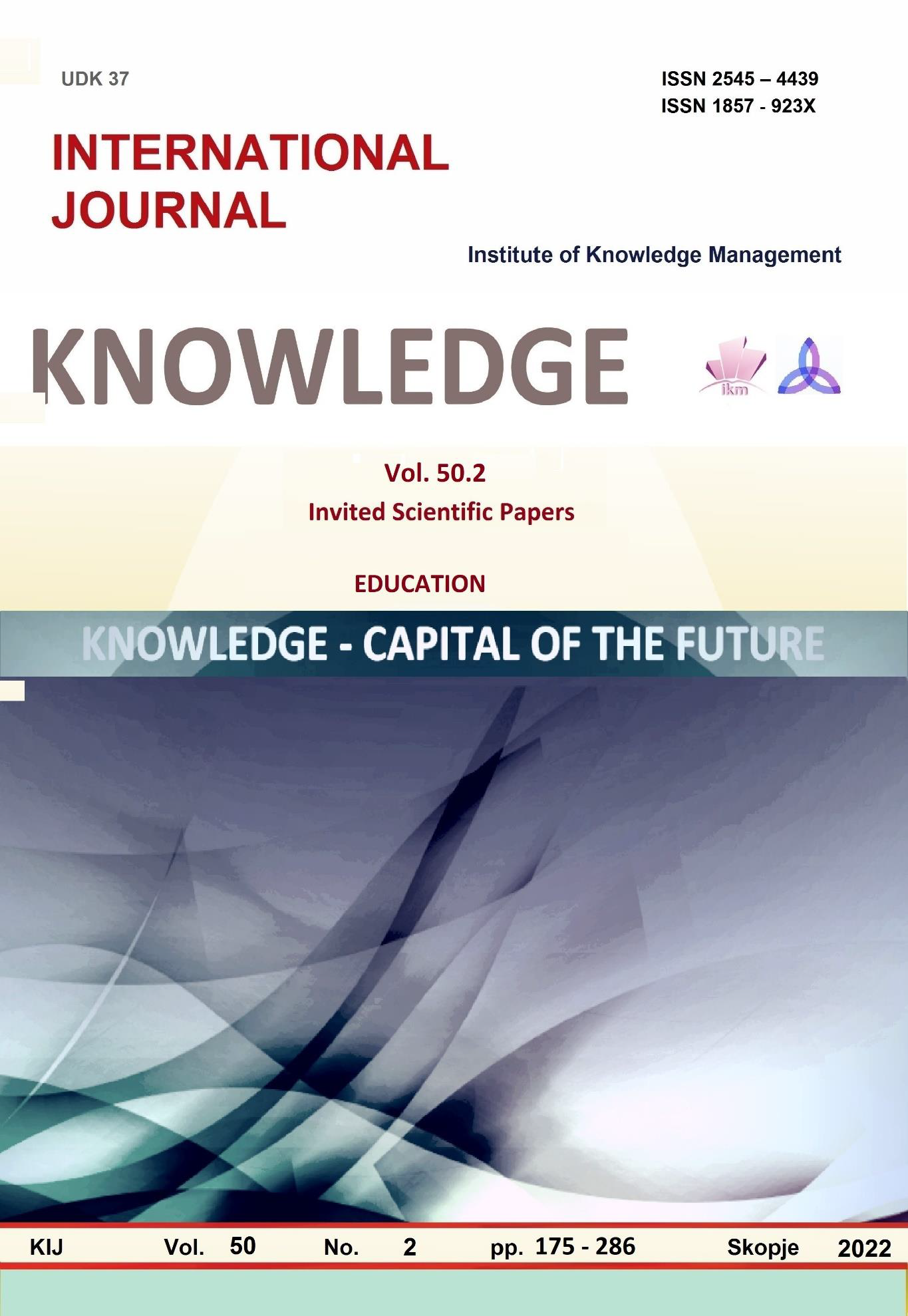THE EYE, THE MOST COMMON EYE PROBLEMS IN STUDENTS IN UPPER SECONDARY EDUCATION: TECHNOLOGY EFFECT ON EYE HEALTH
Keywords:
Eye, Myopia, Hyperopia, Color blindness Astigmatism, Cataract, Trachoma, Glaucoma, StrabismusAbstract
“Eyes are the window to the soul” , is an expression used to describe the deep connection one feels looking into another's eyes. But the eyes are not only important to see the other person's soul, they are vital to see the world around us.
Our eyes are highly developed sensory organs. If light falls on the eyes, sensory cells in our retina are activated. The received informations are transmitted and left to create an image in our brain. To see spatially (three-dimensionally), we need the good visual power of both eyes. When it comes to watching, we are all interested in knowing more about the care we need to take to not miss it.
Sight is the ability to receive information: it makes it possible to understand what we do not touch, taste or hear. 6 out of 10 people in the world do not have clear vision so they need glasses. Visual disorders are: Myopia, Hyperopia, Color blindness, Astigmatism, Cataract, Trachoma, Glaucoma and Strabismus. so many students today are affected by these problems. Many of them can work with the computer, or use the mobile phone as a way to have fun, to spend time, to learn. These technological devices affect the drying of the eye, causing "dehydration and death of surface cells". The eyes are mirrors where many diseases are expressed. Therefore we should not neglect them and consult a doctor for any problem. Parents and teachers should be the first to notice their problems.
Sight helps us to connect with the things around us, protects us from danger and keeps our mind sharp and smart.
Nowadays, the use of technological equipment with extended hours, has a very negative impact on eye health. Teachers and parents should play a very important role in sensitizing children and adolescents to minimize the use of technological equipment to protect the eyes from injury.
Rich food diet, mainly with foods that help reduce eye damage, use of protective equipment, maintain distance during their use, reduce the time of their use, are very important factors for eye health.
References
Alexander, R.J., Miller, N.A., Cotch, M.F., & Janiszewski., R. (2008). Factors that influence the receipt of eye care. American Journal of Health Behavior.
CDC (Centers for Disease Control and Prevention). (2009).Vision Health Initiative
Colman, S.S., Jones, R.D., & Serdahl, C. (2004). The impact of managed eye care on use of vision services, vision cost, and patient satisfaction. Value Health.
Garibian, R. B., & Markov, N. G. (1962). Anatomi dhe fiziologji e njeriut.Drejtoria e botimeve shkollore,Tirane.
Javitt, J. ( 1995). Preventing blindness in Americans: the need for eye health education. Surv Ophthalmol.
Lacej, A. (2008). Anatomia normale e njeriut.
Papadhomulli, P. (1968). Anatomia normale e njeriut. Shtёpia Botuese e Librit Shkollor,Tirane.





